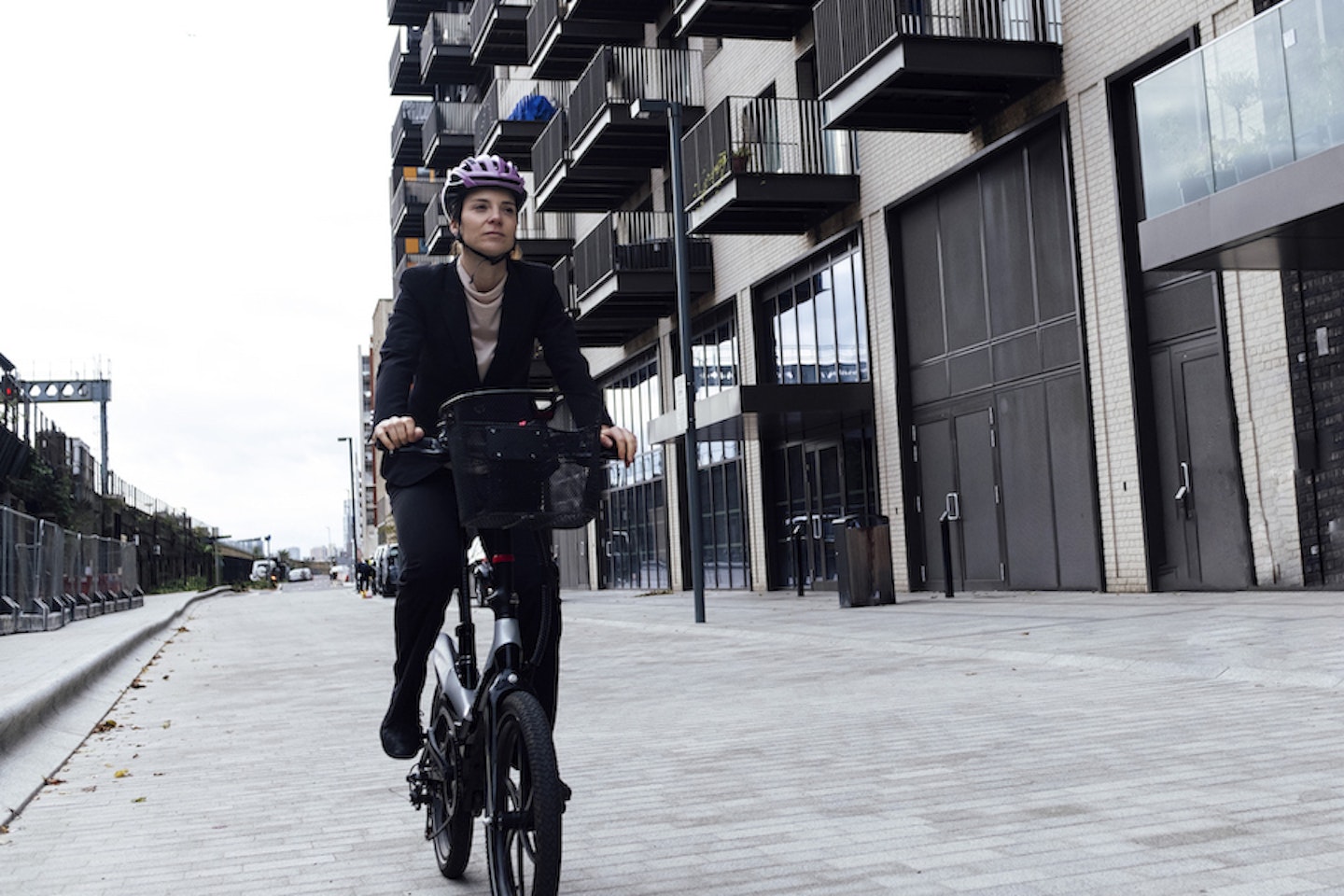Before purchasing your well-researched eBike, you may be worried about the legalities around them. The truth is that this is all very simple and less of a grey area than you may think or be concerned about.
The UK law on eBikes is clear: The motor must be restricted to 250 watts and 15.5mph.
What does this mean for the rider? Well, as with any bike, you have to ride it for it to 'go'. This means turning the pedals. As soon as the motor detects an input into the pedals, it will assist the rider. The moment the rider stops turning the pedals – the motor shuts off. This means the electric part of the bike relies on your input to work. It will not scoot you up to 15.5mph on its own. So, if you ever wondered how fast electric bikes are, that's up to you (until you hit 15.5mph).

If your motor is fiddled with in any way, the bike instantly becomes illegal, which can lead to criminal prosecution. Fifteen national bicycle industry associations and 68 companies signed an industry-wide self-commitment to prevent eBike tampering.
The limit on watts means that in the most powerful mode, which gives you up to 250 watts of assistance. So, if you're going up a climb and you see 300 watts being put out, your motor could be providing you with 250 watts and you the last 50. We say could because depending on how you're pedalling will determine how much your motor will be working. They're very sophisticated machines, these eBikes.
Any eBike sold in the UK by a reputable outlet or manufacturer will adhere to these rules, no matter what motor you have on it. So the crucial advice here is to buy from a reputable outlet, such as; Sigma Sports or Tredz.
Different types of motor
There are two main types of motor for eBikes, crank motors and read hub motors. They sit exactly where the names suggest. Rear hub motors don't have as much torque as a crank motor, but it's much more discrete, and at first glance, you wouldn't notice it was there.
A crank motor is much more powerful, offering more torque but more power from your battery. These are great on cargo bikes, gravel, or mountain bikes – the extra torque helps you get up climbs or move your cargo.
Myles is an Autos & Fitness Product Writer for What's The Best, Parkers and CAR. His areas of expertise include cycling, fitness tech and hot hatches.
Subscribe to the What's The Best Newsletter to keep up to date with more of the latest reviews and recommendations from the What's The Best team.
